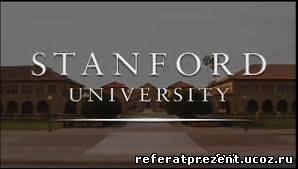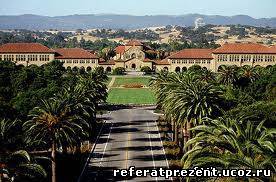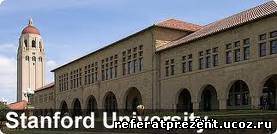Stanford University





The Stanford Family
Leland Stanford, who grew up and studied law in New York, moved West after the gold rush and, like many of his wealthy contemporaries, made his fortune in the railroads. He was a leader of the Republican Party, governor of California and later a U.S. senator. He and Jane had one son, who died of typhoid fever in 1884 when the family was traveling in Italy. Leland Jr. was just 15. Within weeks of his death, the Stanfords decided that, because they no longer could do anything for their own child, "the children of California shall be our children." They quickly set about to find a lasting way to memorialize their beloved son.
The Stanfords considered several possibilities – a university, a technical school, a museum. While on the East Coast, they visited Harvard, MIT, Cornell and Johns Hopkins to seek advice on starting a new university in California. (See note regarding accounts of the Stanfords visit with Harvard President Charles W. Eliot.) Ultimately, they decided to establish two institutions in Leland Junior's name - the University and a museum. From the outset they made some untraditional choices: the university would be coeducational, in a time when most were all-male; non-denominational, when most were associated with a religious organization; and avowedly practical, producing "cultured and useful citizens."
On October 1, 1891, Stanford University opened its doors after six years of planning and building. The prediction of a New York newspaper that Stanford professors would "lecture in marble halls to empty benches" was quickly disproved. The first student body consisted of 555 men and women, and the original faculty of 15 was expanded to 49 for the second year. The university’s first president was David Starr Jordan, a graduate of Cornell, who left his post as president of Indiana University to join the adventure out West.
The Stanfords engaged Frederick Law Olmsted, the famed landscape architect who created New York’s Central Park, to design the physical plan for the university. The collaboration was contentious, but finally resulted in an organization of quadrangles on an east-west axis. Today, as Stanford continues to expand, the university’s architects attempt to respect those original university plans.





